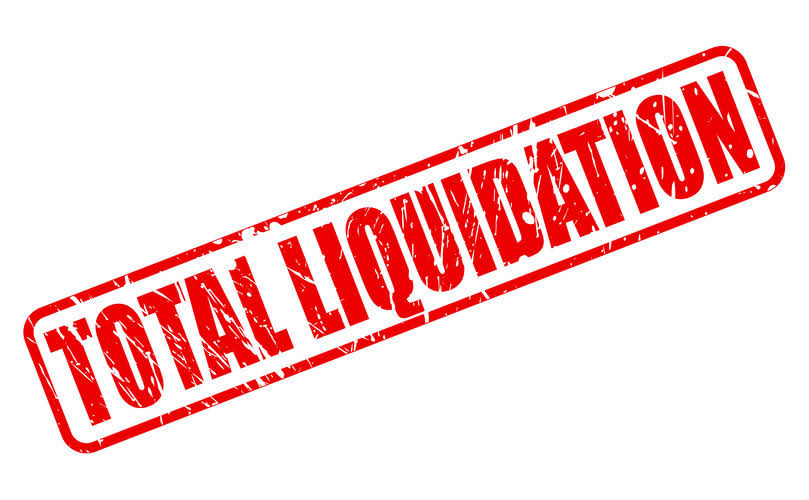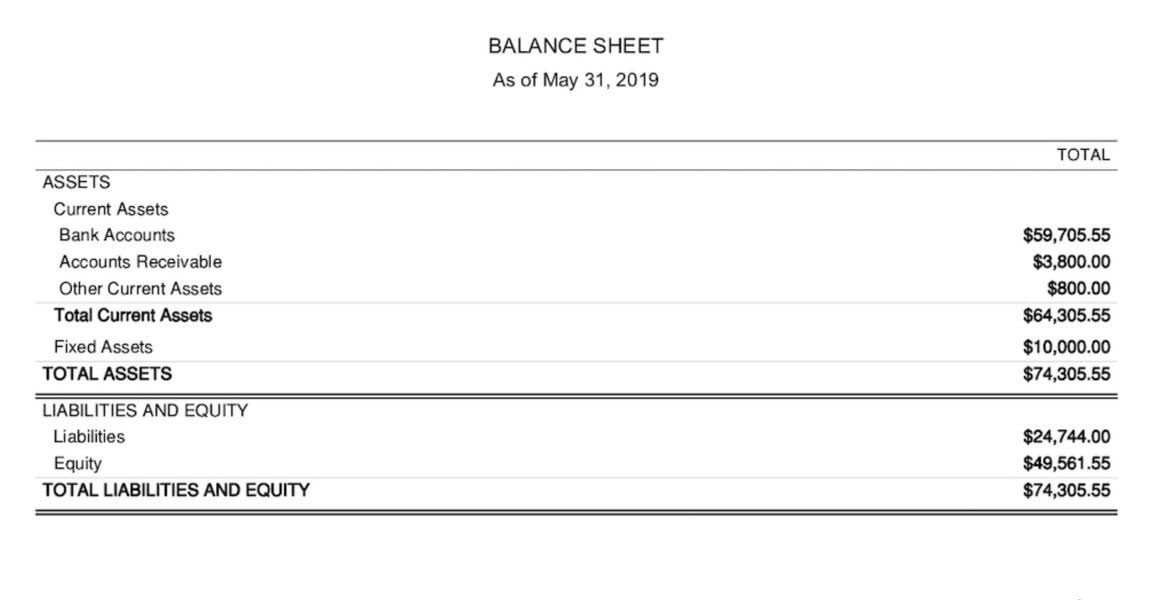
Often, different types of businesses have standard markup rates or ranges of markup rates. For example, a supplier who sells huge amounts of products may mark up their items 7% to 10%, but a gift shop in a touristy area might mark up their products by 50%. If we multiply the $7 cost by 1.714, we arrive at a price of $12.
Margin vs. Markup: Decoding Profitability in Simple Terms
- And you’ll rest easier knowing that your business is making money on each sale, even as your costs change.
- The cost figure should always be lower than the revenue figure, so markup percentages will be higher than profit margins.
- Markup determines how much money you make from each product sold.
- In our example, that would give you a margin percentage of 16.7% ($2/$12).
- Markup calculates profit as a percentage of the cost price, while margin calculates profit as a percentage of the selling price.
- Factors such as production costs, competitive pricing, market demand, and anticipated discounts are taken into account when calculating the initial markup.
- That means you’ve marked up the cost of this product by $12—or 150%.
In simpler terms, a 60% markup means adding $30 (60% of $50) to the cost price, resulting in a selling price of $80. markup vs margin You can also use our markup calculator to solve for the same equation, or any other markup amount you want to determine. Maintained markup, however, relates to the ongoing adjustments made to pricing to accommodate changing market conditions, demand fluctuations, and other factors that affect your business. It allows you to respond to shifts in the market and maintain profitability over time. Maintained markup ensures that your pricing strategy remains effective and aligned with your goals, even as circumstances change. But, understanding margin vs. markup can help you decipher pricing strategies and assess whether you’re getting a bang for your buck or not.

How to Calculate Markup
- Markup is primarily used in the context of sales and production planning.
- For example, in a grocery store, staples like bread and milk might have a markup of only 5 – 8%.
- However, markup percentage is shown as a percentage of costs, as opposed to a percentage of revenue.
- Margin (or gross profit margin) shows the revenue you make after paying COGS.
- The distinction between markup and margin is vital for accurate financial analysis.
A single mistake can lead to a loss in revenue or an inability to increase eCommerce sales. Familiarize yourself with restaurant profit margin to get a better understanding of what it is in the business sense. There are quite a few factors to consider when assets = liabilities + equity opening a business. One of which is understanding the financial side of things like learning about “what is margin? ” Markup and the margin definition are two of the most important numbers that a business owner or manager needs to know.
What is the net profit margin?

The cost figure should always be lower than the revenue figure, so markup percentages will be higher than profit margins. In retail, effective markup strategies can attract customers while maintaining margins. For service-based industries, understanding margin aids in assessing profitability and planning budgets. By evaluating both, businesses can identify areas for financial improvement. To differentiate them, remember that markup is law firm chart of accounts calculated based on cost price. Knowing how to compute these figures allows for better financial analysis.
- Our intuitive software automates the busywork with powerful tools and features designed to help you simplify your financial management and make informed business decisions.
- Learn how to build, read, and use financial statements for your business so you can make more informed decisions.
- There are quite a few factors to consider when opening a business.
- For some products — for example, groceries — markup is very low on individual items, which means you need to sell large volumes to make money.
- You should also check your margins and markups regularly to ensure you’re getting the most out of your pricing and online marketplace presence.
- Gross margin shows the revenue a company has left over after paying all the direct expenses of manufacturing a product or providing a service.
Calculating profit margin as a percentage
- These metrics help investors and lenders compare your company to others in the same industry.
- This ensures that products are competitively priced and profitability is maximized.
- The magic happens when our intuitive software and real, human support come together.
- From the seller’s view, the $ 100 value is a margin, but when viewed from a buyer’s viewpoint, the same $100 is markup.
- The main difference between profit margin and markup is that margin is equal to sales minus the cost of goods sold (COGS), while markup is a product’s selling price minus its cost price.
- By mastering these calculations, businesses can make informed pricing decisions.
However, a potential downside of the markup strategy is that it may not account for market fluctuations or changes in consumer demand. In some cases, using a fixed markup percentage may result in over or under-pricing of products, negatively impacting sales and profitability. You may want to read about the 5 Pricing Scenarios to Help you Not Lose Profit Again. In contrast, markup refers to the amount or percentage of profits derived by the company over the product’s cost price. An appropriate understanding of these two terms can help ensure that price setting is done appropriately.
How to calculate margin using the margin formula
They can help set competitive prices while ensuring sustainable profits. By focusing on both metrics, enterprises can achieve a balanced financial strategy. Understanding how to calculate markup and margin is critical for effective pricing strategies. Accurate calculations ensure that costs are covered while optimizing profits. Additionally, there is often confusion between margin and profit. While margin is a measure of profitability, it is not the same as net profit, which is the amount of money a business retains after all expenses have been deducted from total revenue.
Free Ebook: Getting Started With Inventory Tracking
Margin is expressed as a percentage of the selling price, reflecting profit performance. Markup represents the percentage added to the cost price of a product to arrive at a selling price. It is a straightforward way to ensure that costs are covered and a profit is made. Markup and margin are essential financial metrics used in pricing strategies. They help businesses determine how much to charge for products and services. Margin, however, is more reflective of the outcome of a pricing strategy rather than a determinant.

Navigating MAP Pricing Policies From a Retailer’s Perspective
Manufacturers tend to have much higher marginal costs (researchers have found manufacturers’ marginal costs tend to be about 2/3 of their wholesale price) than retailers. Typically, companies find expressing markup as a percentage of price has greater use-value than a dollar amount. Percentages can more easily be compared to other financial data, such as sales results for the previous year, price drops, and competitor data. Markdowns can help businesses clear out excess inventory, drive customer traffic, and boost short-term sales. However, it’s essential to carefully plan and execute markdown strategies to avoid eroding profits and negatively affecting brand perception. You may want to read about the 6 Reasons for Low Profitability and Margins in Businesses.